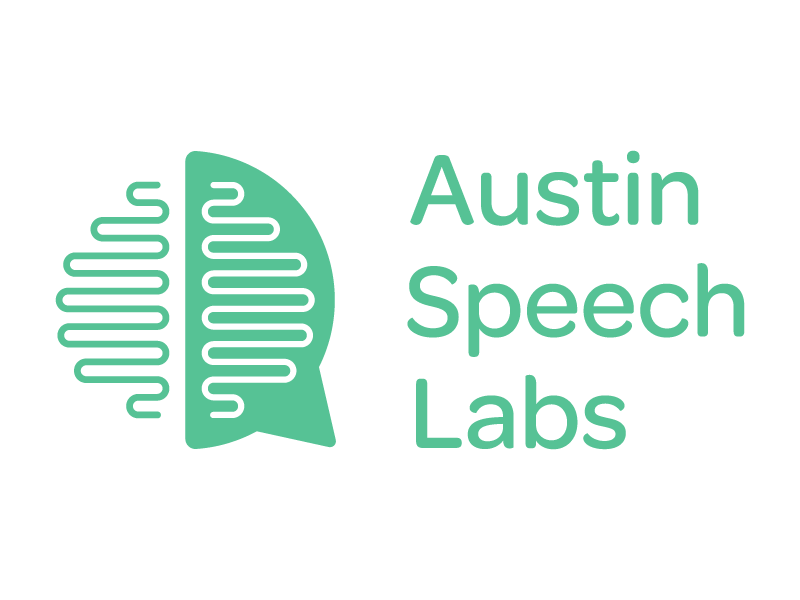Published Research
Impact of Phonology & Semantic-Focused Intensive Therapy in Reading & Naming in Chronic Aphasia
Shilpa Shamapant, Sarah Bennett, Ashley Marnell, Cassandra McGrath, Elise Boutin, Leah van Hée, Mayra Carrera, Megan Bunsey, Scott Crownover, Komal Sharma & Shelley Adair
This study compared the effect phonological treatment (PCA) paired with Intensive Speech Therapy (IST) versus semantic treatment (SFA) paired with IST had on improvements in Chronic Post-Stroke Aphasia (CPSA).
Six participants received phonological treatment paired with IST and six participants received semantic treatment paired with IST for 6-15 hours for 120 or 240 hours total. Treatment was either in-office or via teletherapy. The phonological treatment focused on retraining the participants the sounds that letters make and the semantic treatment focused on describing the attributes of nouns.
Group analyses showed significant differences in the PCA group’s scores for Letter Sound, Spoken Letter Sound, Syllable Length Reading, and Letter Length Spelling which were all trained tasks and significant differences in the SFA group’s scores for Commands, Repetition, and Spoken Letter which were all untrained tasks. These findings illustrate that phonological treatment improves an individual with aphasia’s ability to read and write single words. In addition, individuals who received phonological treatment were able to maintain their improvements overall. Individuals who received the phonological treatment also made improvements in self-cueing which was not assessed in testing.
Transcranial Direct Current Stimulation Study
Shilpa Shamapant, Sarah Bennett, Elise Boutin, Ashley Marnell, Shelley Adair, Mayra Carrera, Leah van Hee, Megan Bunsey, & Komal Sharma.
This study compared the effect that real stimulation via tDCS paired with vNEST treatment versus sham stimulation paired with vNEST treatment has on spontaneous sentence production.
Three participants received real stimulation and three received sham stimulation for 20 minutes during 3 hours of therapy, five days a week for three consecutive weeks and then continued with only vNEST treatment for five weeks.
Participants were trained 30 verbs and taught how to verbalize and write sentences using those verbs.
Results are currently being analyzed.
Music and Speech Co-Treatment
Modified Melodic Intonation Therapy Pilot Study
Bri Rocha & Shilpa Shamapant
Melodic Intonation Therapy (MIT) is an intervention that incorporates rhythmic tapping and melodic signing to train functional phrases. Several clients received 20 hours of treatment over eight weeks. They were trained phrases with three-five syllables.
Results from the study show that participants showed improvements in repeating multisyllabic phrases and independently producing trained functional phrases.
Scientific Board
Bharath Chandrasekaran, PhD, Assistant Professor
The University of Texas at Austin
Dr. James Grotta, Neurologist - Director of Stroke Research
Clinical Institute for Research and Innovation, Memorial Hermann - Texas Medical Center
Dr. Everett Heinze, Neurologist
St. David’s HealthCare
Maya Henry, PhD, Assistant Professor
The University of Texas at Austin
Dr. Thomas Hill, Neurologist
St. David’s HealthCare
Dr. Argye Elizabeth Hillis, Neurologist - Director, Cerebrovascular Division of Neurology
Johns Hopkins Medicine
Lynn Maher, PhD, CCC-SLP, Professor and Department Chair
University of Houston
Tom Marquardt, PhD, CCC-SLP, Professor
The University of Texas at Austin
Shalini Narayana, PhD
University of Tennessee Health Science Center
Dr. Steven Warach, Neurologist
Seton Brain and Spine Center
